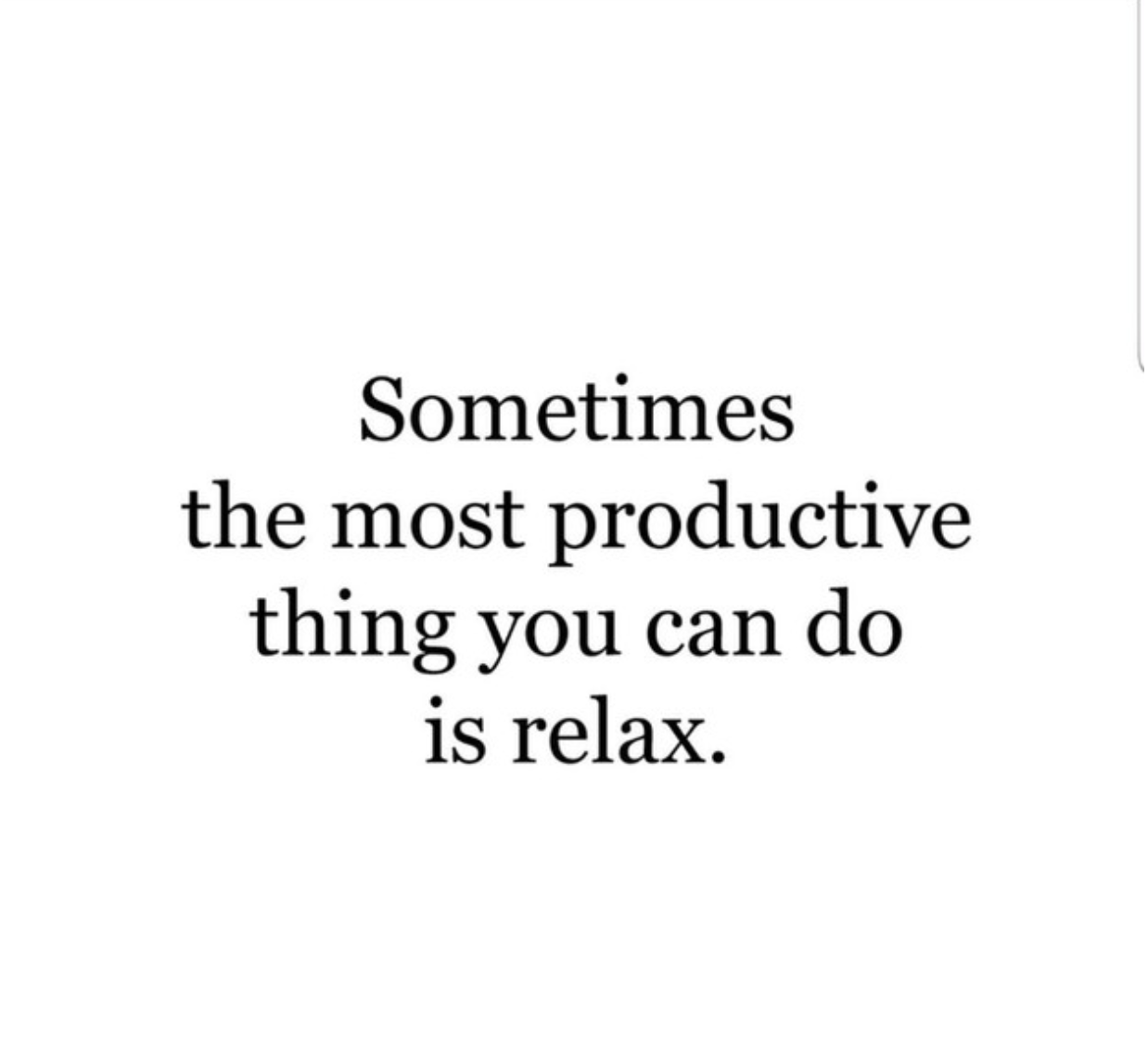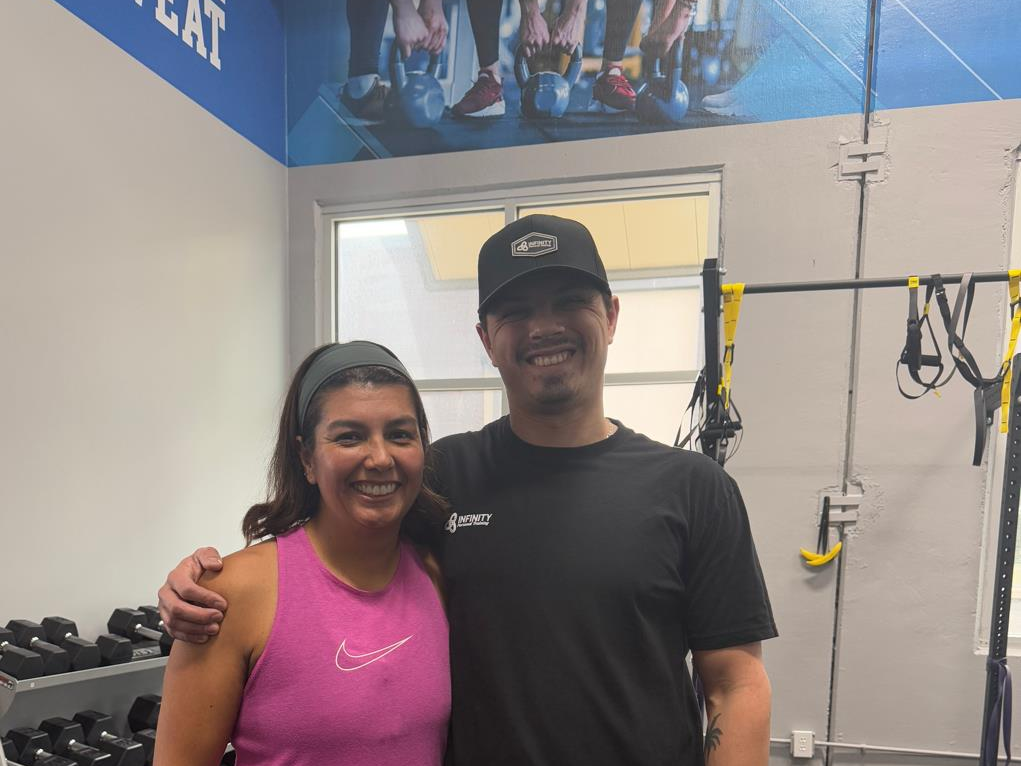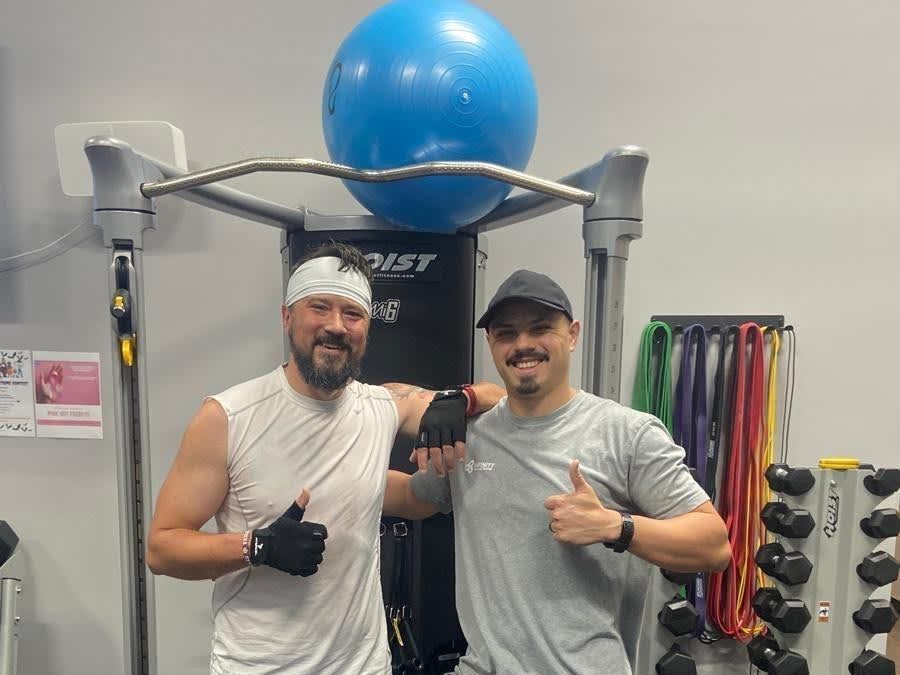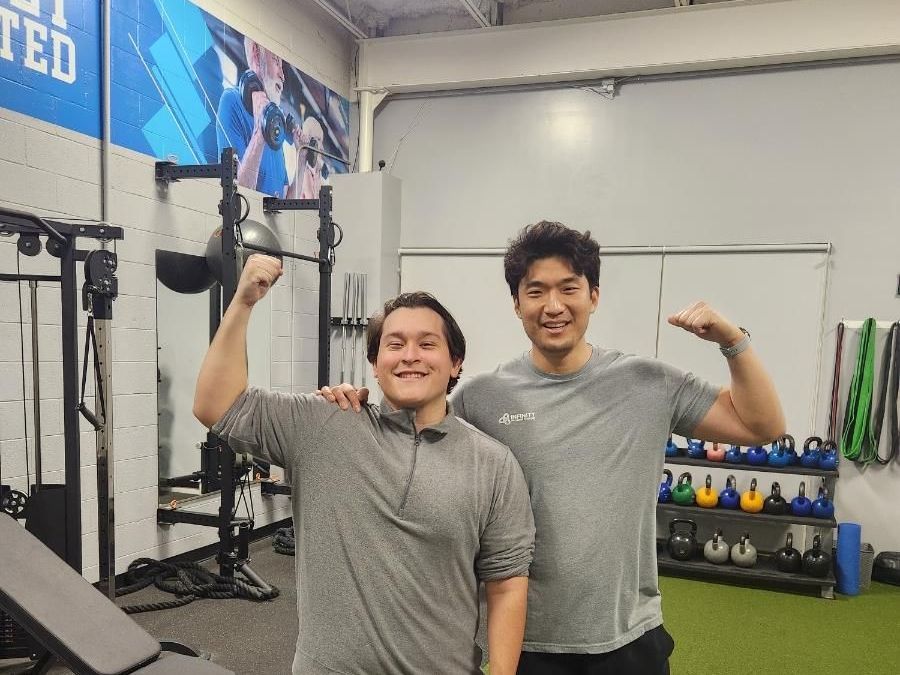May 13, 2019
Monday Tip: How To Relax

Often times stress can build up. We may try to do things to stay positive on a regular basis, but sometimes an accumulation of stress to an overwhelming point. So in the education we discover ways to help relieve some of that stress to help you relax.
????Deep Breathing Exercises: During stress, breathing becomes shallow and rapid. Taking a deep breath is an automatic and effective technique for winding down.
Deep breathing exercises consciously intensify this natural physiologic reaction and can be very useful during a stressful situation, or for maintaining a relaxed state during the day.
How to Perform:
• Inhale through the nose slowly and deeply to the count of 10.
• Make sure that the stomach and abdomen expand, but the chest does not rise.
• Exhale through the nose, slowly and completely, also to the count of 10.
• To help quiet the mind, concentrate fully on breathing and counting through each cycle.
• Repeat five to 10 times, and make a habit of doing the exercise several times each day, even when not
feeling stressed.
????Muscle Relaxation: Muscle relaxation techniques, often combined with deep breathing, are simple to learn and very useful for getting to sleep. In the beginning it is useful to have a friend or partner check for tension by lifting an arm and dropping it. The arm should fall freely.
Practice makes the exercise much more effective and produces relaxation much more rapidly. Small studies have reported beneficial effects on blood pressure in patients with high blood pressure who use this technique.
How to Perform:
• After lying down in a comfortable position without crossing the limbs, concentrate on each part of the body.
• Maintain a slow, deep breathing pattern throughout this exercise.
• Tense each muscle as tightly as possible for a count of five to 10, and then release it completely.
• Experience the muscle as totally relaxed and lead-heavy.
• Begin with the top of the head and progress downward to focus on all the muscles in the body.
• Be sure to include the forehead, ears, eyes, mouth, neck, shoulders, arms and hands, fingers, chest, belly, thighs, calves, and feet.
• Once the review is complete, imagine tensing and releasing the internal muscles.
????Meditation: Meditation, used for many years in Eastern cultures, is now widely accepted in this country as a relaxation technique. The goal of all meditative procedures, both religious and therapeutic, is to quiet the mind (essentially, to relax thought). Some studies have suggested that regular meditation can benefit the heart and help reduce blood pressure.
Some experts recommend meditating for 20 minutes in the morning after waking up and then again in the early evening before dinner. Even meditating just once a day is helpful.
New practitioners should understand that it can take practice to quiet the mind, and should be encouraged to keep at a dedicated daily practice.
Here are a couple of different techniques:
• Mindfulness Meditation is a common practice that focuses on breathing. It employs the basic technique used in other forms of meditation.
- Sit upright with the spine straight, either cross-legged or sitting on a firm chair with both feet on the floor, uncrossed.
- With the eyes closed or gently looking a few feet ahead, observe the exhalation of the breath.
- As the mind wanders, simply note it as a fact and return to the "out" breath. It may be helpful to imagine the thoughts as clouds dissipating away.
• Transcendental Meditation (TM) uses a mantra (a word that has a specific chanting sound but no meaning). The person meditating repeats the word silently, letting thoughts come and go.
• Mini-Meditation. The method involves heightening awareness of the immediate surrounding environment.
Choose a routine activity, for example:
- While washing dishes, concentrate on the feel of the water and dishes.
- Allow the mind to wander to any immediate sensory experience (sounds outside the window, smells from the stove, colors in the room).
- If the mind begins to think about the past or future, or fills with unformed thoughts or worries, redirect it gently back.
- This redirection of brain activity from your thoughts and worries to your senses disrupts the stress response and prompts relaxation. It also helps promote an emotional and sensual appreciation of simple pleasures.
????Massage Therapy: Many massage techniques are available, such as the following:
• Swedish massage is the standard massage technique. It uses long smooth strokes, and kneading and
tapping of the muscles.
• Shiatsu applies intense pressure to the same points targeted in acupuncture. It can be painful, but people
report deep relaxation afterward.
• Deep tissue massage also uses intense pressure to break up fascia and relax tight muscles.
• Reflexology manipulates acupuncture points in the hands and feet.
You might also like

Within 6 consistent months at IPT’s Semi Private Program, Diana is down 17.9 lbs and 8.8% body fat! The greatest thing about Diana is she always steps up to the challenge in front of her. From the beginning, she set a big goal and didn’t let anything hold her back from getting there. She quickly implements feedback to progress forward. Her consistency in and outside the gym has been incredible

Within 4 consistent months at IPT’s Semi Private Program, Ryne has lost 20.2 lbs of body fat, and dropped his body fat percentage by 7%! Ryne is super consistent, is always pushing himself in the gym and does the work to get the results he strives for. He also shows up consistently with a positive attitude. Every 5:15 am class he is welcoming everyone in, talking to the new clients and hyping up those around him.


